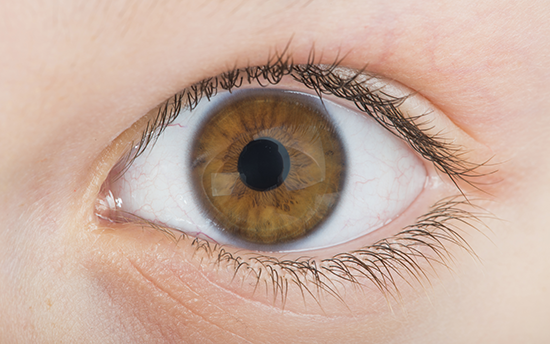Cataract
Carnosine suppresses not only AGEs, but also protects normal protein from the toxic effects of AGEs that have already developed.

Carnosine not only suppresses the formation of AGEs – one of the main causal process leading to cataracts – but also protects normal protein against the toxic effects of AGEs that have already developed.
- These findings are relatively new, from 2000, when work from King’s College, University of London (C. Brownson, AR Hipkis and others) on the effects of carnosine, was published.
- The experiments stemmed from the following: glycosylated ovalbumin was created (egg white protein, which was devalued by glycation through the effect of a known agent that causes the glycation of proteins, methylglyoxal). Such discarded ovalbumin was combined with the A-Cristaline, the eye lens protein, triggering the formation of cross-linking in Cristaline, and thus its opacity. Carnosine not only prevented this deterioration of Cristaline, but even recovered its structure and hence transparency.
- Other studies also confirmed the positive effects of carnosine in improving an already developed glaucoma and its prevention. This finding is also very important for patients suffering from Alzheimer’s and Parkinson’s disease with an increased frequency of glaucoma.
- The effect of carnosine eye drops in delaying the aging process of the eye and vision has been proven to be completely safe, almost 100% efficacy demonstrated in cases of primary senile cataracts and 80% in developed senile cataracts. These drops permeate the aqueous and lipid parts of the eye, where carnosine acts preventively and reparatively on light-induced DNA damage. In some countries, carnosine drops are used quite regularly as a medicine for many eye diseases.